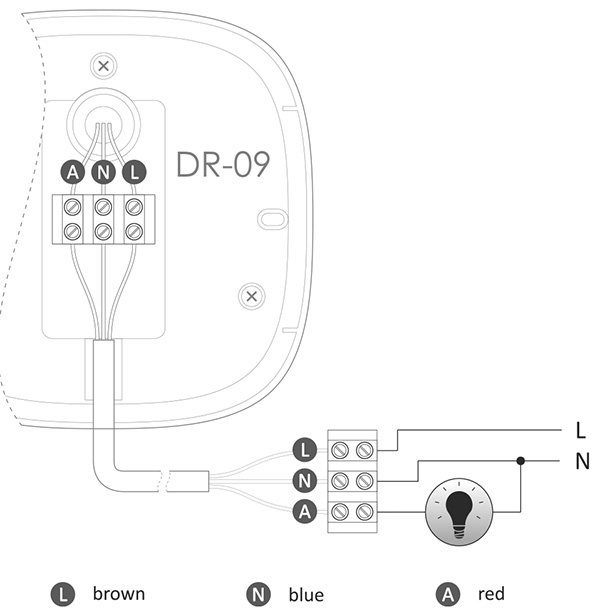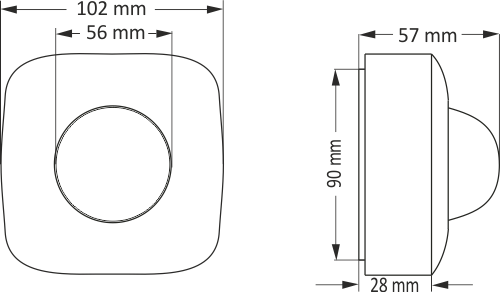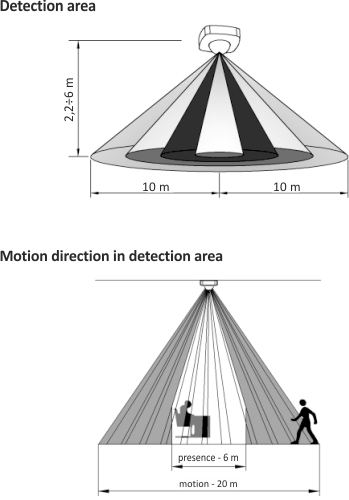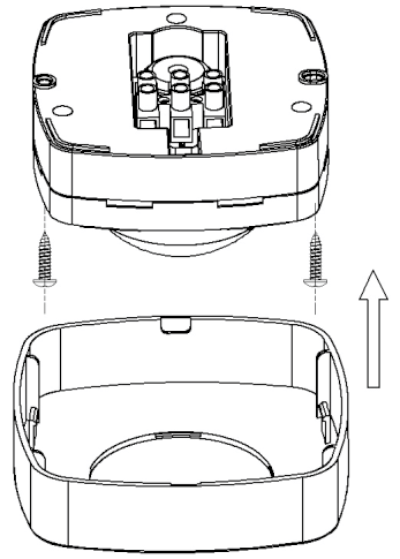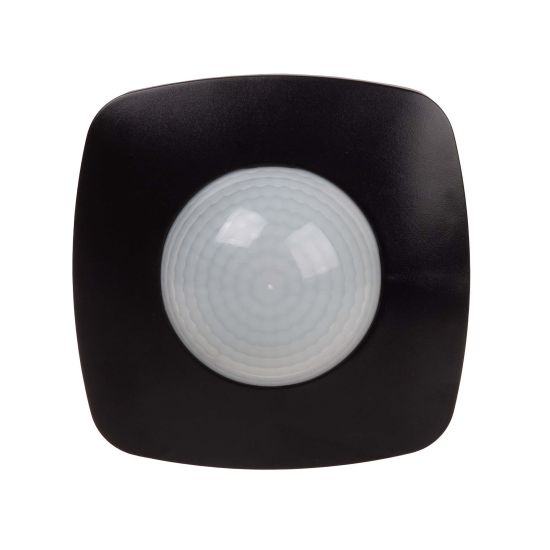






Motion detector (PIR), with presence detector function
The motion detector allows the lights to be switched on automatically and temporarily when a person or other object appears in areas such as corridors, courtyards, approaches and driveways, garages, etc.
The motion detector can operate indoors and outdoors. Outdoors only in areas where the sensor housing and its electrical connection points are not exposed to direct rain or snowfall or to splashing water or other liquid.
The infrared motion detector works by detecting the movement of heat sources that are in its area of operation. The important elements influencing detection performance are:
- the amount of heat emitted by the moving object and the ambient temperature,
- the size of the moving object,
- direction and speed of movement.
The effectiveness of an infrared motion sensor will be lowest when:
- the temperature of the moving object is close to the ambient temperature (e.g. sunny room, radiator in the detection field, etc.),
- the object is moving at low speed directly towards the motion detector,
- the size of the moving object will be small compared to the area of the detection zone.
Examples of situations that can lead to malfunction of infrared motion detectors:
- Light sources within the sensor's detection area. Turning a light on or off causes a large and rapid change in the temperature of the bulb, which can be interpreted by the infrared motion sensor as a moving object.
